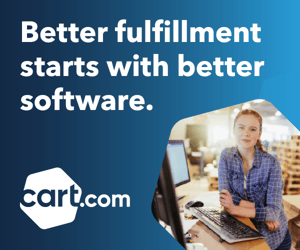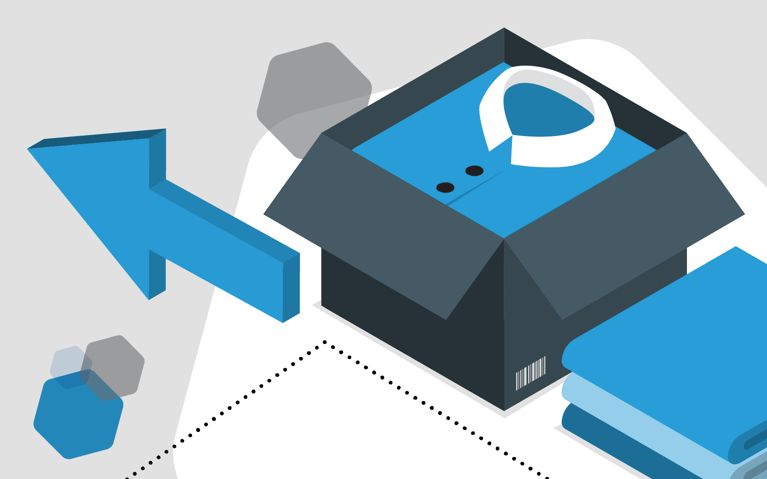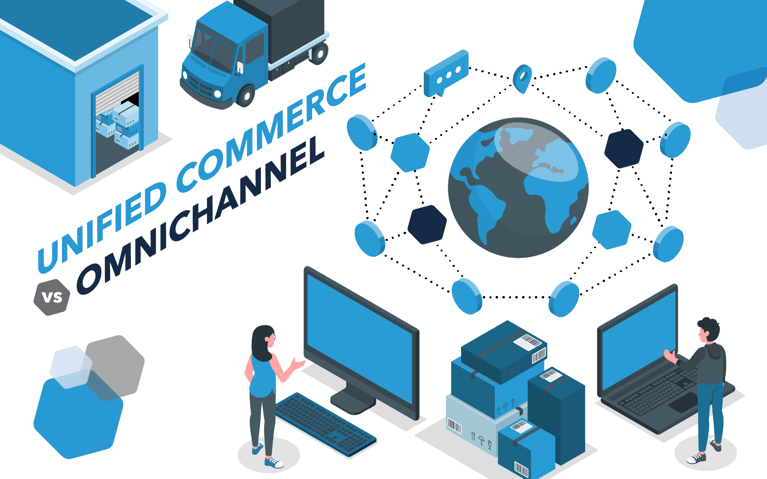Most consumers have experienced it – that surge of excitement when a package arrives. In an ideal world, the package is appealing. Maybe it features an inspirational quote, snappy colors or an eye-catching graphic. Whatever makes it stand out, if the package has been thoughtfully created, it gives a little boost: It tells the customer, “You ordered from the right brand.” If done well, what’s inside doesn’t disappoint either. It elevates the experience even more. It also becomes a highly influential tool that can inspire user-generated content (UGC), giving more visibility to your brand.
You see, according to the statistics, shoppers love watching unboxing videos. Research has found that:
- Unboxing videos are the fourth most influential content type social media users consider helpful when making purchase decisions
- 62% of the people watching unboxing videos are doing it while researching a product
- In 2023, there were more than 25 billion views of videos on YouTube with “unboxing” in the title
Brands can leverage the unboxing experience trend to gain visibility, convert, build trust, encourage loyalty and to generate more content. However, you must look at unboxing like opening a present. And like any gift, people often aim for the ones with the nicest packaging first. That’s why it’s essential to create an unbeatable unboxing experience. Here’s how:
1. Understand your brand identity
Imagine if Target sent you an orange package or an order from Nike came in a box with an arrow on it. It would feel as strange as a green UPS truck showing up with your delivery. The most famous brands have a clear and immediately identifiable vibe, also called their brand identity.
A brand identity is the collection of visual, verbal and emotional elements representing a company's values, personality and promise to its customers. It includes aspects like logos, colors, typography, messaging and overall design that create a cohesive and recognizable image in the marketplace. If you’re a consumer, Target packages come with a red target, Nike with a swoosh and UPS arrives in a brown truck.
Your brand identity should define every aspect of your packaging and how you create an unboxing experience. It should feature your colors, logo and overall aesthetic. Any unique touches and additions should also align with your brand. If you haven’t defined your identity, it’s critical that you do.
2. Choose quality packaging
Quality packaging is well-designed, durable and aesthetically pleasing, and uses materials that optimally protect products. When brands invest in good packaging, it ensures that items arrive intact and undamaged, an often boosts the customer's initial impression. High-quality packaging typically includes thoughtful details such as custom inserts, branded elements and easy-to-open features, contributing to a premium feel. This attention to detail not only safeguards the product but also elevates the overall unboxing experience, creating a memorable and positive interaction with the brand. Investing in quality packaging is crucial as it can drive customer loyalty, encourage repeat purchases and generate positive word-of-mouth.
3. Design attractive packaging
When you’re designing attractive packaging, the goal should be to create visually appealing packaging that reflects your brand. Consider unique designs, patterns or colors that stand out and create a cohesive look with your brand. Unlike quality packaging, which focuses on durability and protection, attractive packaging emphasizes aesthetics and visual impact. It should engage the customer emotionally, creating excitement and anticipation for the product inside. Attractive packaging is important for the unboxing experience because it adds a wow factor to the initial impression, making the post-purchase experience more memorable and enjoyable. This can increase customer satisfaction, brand loyalty and the likelihood that the customer will share the experience on social media or with friends.
4. Incorporate brand elements
Incorporate brand elements by prominently displaying your logo, using brand-specific colors and applying consistent typography that aligns with your brand identity. Integrate patterns or imagery that are synonymous with your brand's aesthetic and values. Add personalized touches such as branded stickers, custom tissue paper or unique design elements that reflect your brand's personality. Ensure all these elements work together to create a cohesive and recognizable look. This consistent branding reinforces your identity and makes the packaging instantly identifiable to customers.
5. Focus on presentation, add personal touches and surprises
Arrange your products neatly within the box or bag, using dividers or custom inserts to keep items secure and well-displayed. Ensure that the packaging layers reveal the product gradually, creating a sense of anticipation and discovery. Use high-quality materials such as branded tissue paper or wrapping to add a touch of luxury. Your brand can even wrap items in reusable bags with unique or stylish brand elements. Incorporate personal touches like a handwritten thank-you note or a personalized message with the customer’s name to make the experience feel special. Add small extras like samples, freebies, stickers or discount coupons for future purchases to surprise the customer. These added items can inspire future purchases as well as delight. Ensure the packaging is easy to open, avoiding excessive tape or complex seals that frustrate.
6. Provide clear information
Add clear information to improve the customer experience and ensure proper product use. Include concise instructions, product details and contact information to help customers easily understand and use the product. A well-designed product manual or a card with QR codes linking to online resources can provide additional support and enrich the user experience. This not only improves customer satisfaction by reducing confusion and potential frustration but also reinforces brand trust by showing attention to detail and a commitment to customer care. Providing accessible information helps build a positive relationship with customers.
7. Sustainability matters
In a McKinsey & Company survey, 60 percent of respondents said they'd pay more for a product with sustainable packaging. To make your packaging more sustainable:
- Use eco-friendly materials such as recycled cardboard, biodegradable plastics or plant-based inks.
- Minimize waste by designing packaging that fits the product perfectly, reducing the need for excessive materials.
- Opt for reusable or recyclable packaging solutions to encourage customers to participate in sustainability efforts.
- Highlight your sustainability efforts on the packaging itself, showcasing certifications or eco-friendly icons to communicate your commitment to the environment.
- Provide information on how customers can recycle or repurpose the packaging, further supporting eco-conscious practices.
These steps appeal to the increasing number of environmentally conscious customers who prioritize sustainability in their purchasing decisions. By demonstrating your brand's commitment to reducing environmental impact, you build trust and loyalty among this growing consumer base, potentially increasing sales and fostering a positive brand image.
8. Test the unboxing experience and gather feedback
Regularly test the unboxing process from the customer's perspective. This involves ordering your own products, unboxing them as a customer would and noting any areas that could be improved. Make sure it consistently meets your standards and delivers the desired impact, such as excitement, satisfaction and ease.
Encourage customers to share their unboxing experiences on social media and provide platforms for feedback, such as surveys or review requests. Engage with customers who share their experiences, thanking them for their input and asking for detailed feedback on specific aspects of the unboxing process. Use this information to continuously improve your packaging by addressing common pain points and enhancing elements that customers appreciate. Testing and gathering feedback provide insights into the real-world performance of your packaging, helping you refine the unboxing experience to better meet customer expectations.
Using a 3PL to create an unbeatable unboxing experience
A third-party logistics (3PL) provider can help brands create an unbeatable unboxing experience by offering specialized packaging services that ensure products are well-presented and protected during shipping. They can manage inventory and customize packaging to include personalized touches, such as branded inserts or thank-you notes, which add to overall customer satisfaction. 3PLs can also streamline the fulfillment process, making sure you offer timely and efficient delivery, further contributing to a seamless and positive unboxing experience for the customer. Contact the experts at Cart.com today to learn how we can help your brand create seamless experiences from discovery to delivery.
Subscribe to our emails for the latest industry insights!
By entering your email, you agree to receive marketing emails from Cart.com








